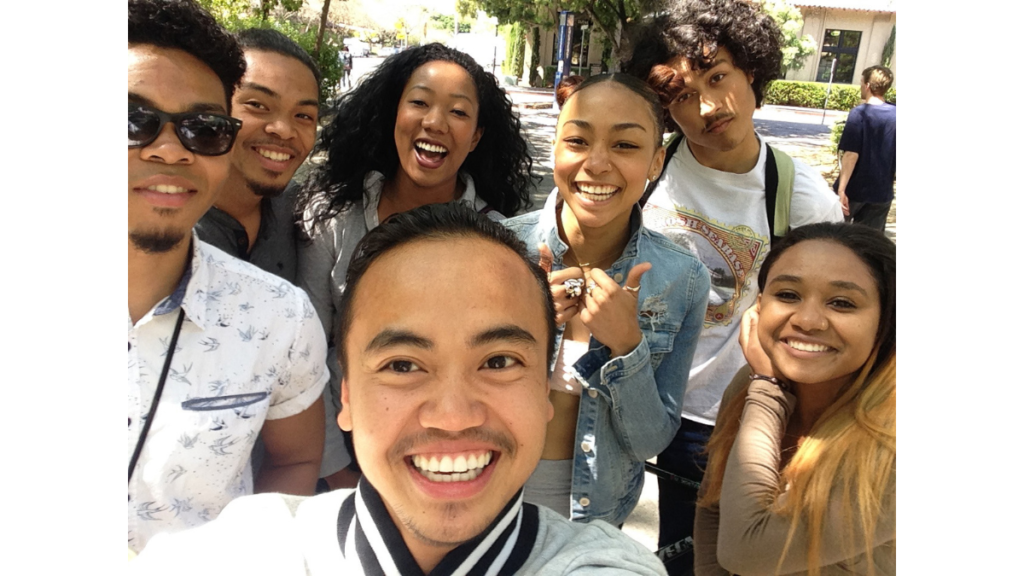Blasian people, who are both Black and Asian, face unique challenges and opportunities due to their mixed racial backgrounds. Intersectionality, the concept of multiple identities that interact in complex ways, is crucial for the Blasian community. They may experience bias and prejudice from both communities and feel connected to both. Blasian people’s multiracial heritage can be both a source of pride and a source of difficulty. The elimination of Blasian identities can lead to marginalization and the loss of their stories.
However, intersectionality of Blasian identity can also offer opportunities for growth and belonging. Blasian people can unite the Black and Asian populations by providing a fresh perspective on racial and ethnic tensions and discovering a new sense of community. Different people of mixed racial ancestry may have different experiences and interpretations of their Blasian identity. Recognizing historical and cultural influences on the Blasian experience is essential.
In recent years, there has been an increase in Blasian representation in media and society, with high-profile individuals like Karrueche Tran, Tiger Woods, and Naomi Osaka speaking out about their Blasian identities. Recognizing and celebrating the nuanced nature of Blasian identity can help create a more welcoming and diverse society.
The Intersectionality of Race and Ethnicity
Intersectionality, at its foundation, is the concept that people have numerous identities that interact in complex ways. Having to deal with the challenges of being both Black and Asian makes intersectionality all the more crucial for the Blasian community. Because of their mixed racial background, Blasian people may experience bias and prejudice from both the Black and Asian communities, as well as from the general public. It’s also possible for Blasian people to feel simultaneously connected to and alienated from both communities.
Navigating the Complexities of Multiracial Heritage
For many people of Blasian descent, their multiracial history is both a point of pride and a cause of difficulty. The temptation to pick one racial identity over the other is a major obstacle for Blasian people. The source of this stress may be external (from their communities or the larger society) or internal (from within themselves). It’s possible for blasian people to feel alienated or alone because they don’t fit in completely with either the Black or Asian cultures.
The elimination of Blasian identities is a further threat to the community. People’s racial identities are often reduced to either “Black” or “Asian,” rather than both. This might lead to the marginalization or elimination of Blasian people and their stories. Finding positive role models or positive representation in the media and other cultural organizations can be challenging for Blasian people.
Opportunities for Intersectional Identity
Despite difficulties, intersectionality of Blasian identity may also offer chances for growth and belonging. It’s possible that blasian people can help to unite the Black and Asian populations by providing a fresh viewpoint on racial and ethnic tensions. They may also discover a new feeling of community with other Blasian people, based on the celebration of their commonalities.
- Different people of mixed racial ancestry will have different experiences and interpretations of their blasia’n identity. Some people may feel more at home with one aspect of their identity than the other, while others may be comfortable with both. There may be more identities at play for Blasia’n people, including gender, sexual orientation, financial class, and so on.
- Recognizing the historical and cultural influences that have molded the Blasia’n experience is crucial. Race, colonialism, and immigration have all left their mark on the junction of Black and Asian identities. For instance, many Blasia’n people in the United States may trace their ancestry back to the military, specifically to the Korean and Vietnam Wars, when Black American troops stationed in Asia formed partnerships with Asian women. The stigma and persecution encountered by these couples added layers of complexity to the Blasia’n identity.
- There has been an uptick in Blasia’n representation in media and society in recent years. Several high-profile individuals have spoken out about their own Blasia’n identities, including Karrueche Tran, Tiger Woods, and Naomi Osaka. There is still a long way to go until the existence of the Blasia’n population is acknowledged and reflected in all sectors of society.
Conclusion
The Blasian experience is deeply rooted in the intersections of race and ethnicity. The complexity of multiethnic background present particular opportunities and problems for those of Blasia’n descent. The intersectionality of Blasia’n identity can help us better understand the experiences of Blasia’n people and strive toward building a more welcoming and diverse society.
Creating more welcoming environments that value diversity and intersectionality is one strategy to help Blasia’n people. One way to do this is to push for more inclusive portrayals in the public sphere, classrooms, and the workplace. It may also mean taking steps to combat prejudice and bias in our daily lives and in the wider world. We can make the world a better place for people of all races and ethnicities if we acknowledge and celebrate the nuanced nature of Blasia’n identity.
Read More : rubblemagazine.com







